Patient REsources
Timeline
of events.
1. Selection for care.
Your family’s dentist will first recommend the use of sedation or anesthesia in order to safely facilitate completion of your child’s dental care. They will then confer with us on whether your child is a candidate for such care in an office-based setting, and if so, what level of sedation or anesthesia is best for their particular dental needs and/or medical situation.



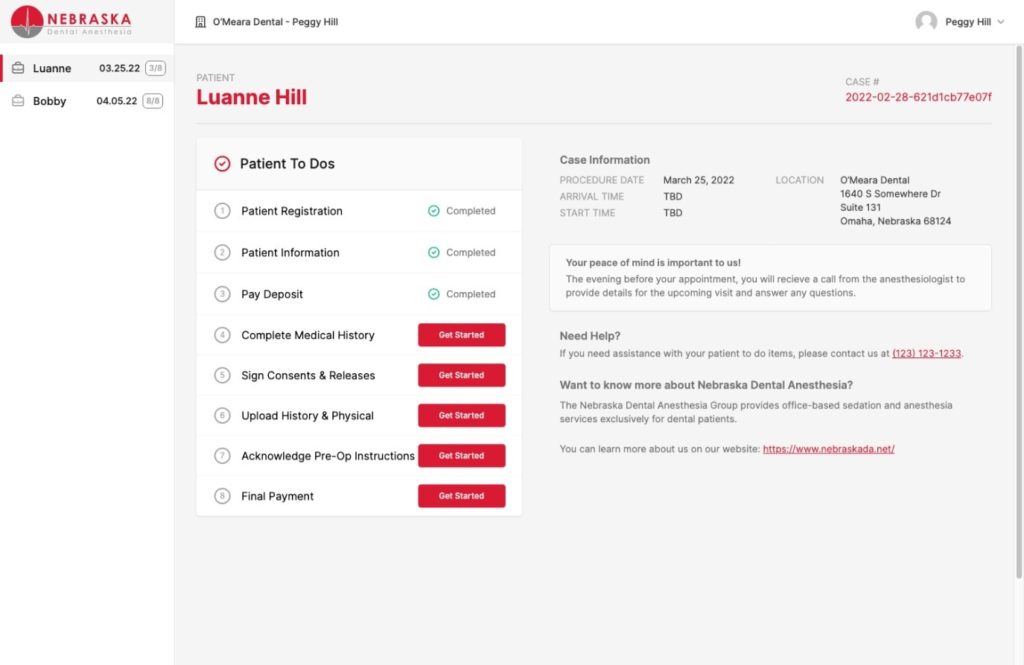


2. Patient portal system.
If selected for office-based care and all parties have agreed to utilize our services, your child’s dental office will create a secure, HIPPA-compliant patient portal account on your behalf. Once set-up and accessed, you will then complete 8 well-defined steps to prepare for this pending visit. This portal system will serve as an up-to-date resource of information pertaining to this procedure. Information will be stored within the private portal and may be accessed at your convenience leading up to the surgical visit. This state-of-the-art system will allow for the seamless transfer of important information between you, the dental office, and our anesthesia team.
3. The day prior to visit.
On the day prior to your child’s sedation or anesthesia visit, the anesthesiologist will call to speak with the parent or guardian that will be responsible for accompanying the patient to this appointment. During this brief interview, we will review the child’s medical history, discuss the upcoming sedation or anesthesia procedure, stress pre-procedural eating & drinking instructions, and answer all related questions. The anesthesiologist will walk you through the pending procedure in great detail, and this will be your opportunity to have questions answered, which you might normally not pose in front of your child.
Throughout the preparation process, parents will always have direct access to the anesthesiologist, and are encouraged to ask as many questions as you feel are necessary to become familiar with the upcoming procedure. At any point you need a question answered, we are always accessible, and a text or phone call away.






4. The day of visit.
The anesthesiologist will meet you in the waiting or consultation room, where he/she will confirm that there have been no recent medical history changes, verify that the eating & drinking instructions have been precisely followed, and will perform a brief physical evaluation to ensure that your child is safe to undergo the anticipated procedure. After the dentist anesthesiologist has cleared your child, a parent or guardian will sign an anesthesia consent form and will accompany the child into the surgical suite to initiate care.
5. Start of sedation or anesthesia.
Sedation: Should the dentist and anesthesiologist recommend a moderate to deep form of sedation, it will be initiated using a quick injection. The location of this injection will depend on several factors including the patient’s weight/size, medical history, and level of cooperation. Your anesthesiologist will suggest the safest and most appropriate method for delivering these medications. Please familiarize yourself with these two delivery options:
1. Administration in the deltoid/shoulder. This method is appropriate for most patients. It will require the assistance of a parent or guardian who will be asked to firmly hold their child to prevent any sudden movements.
2. Administration in the vastus lateralis/thigh. This method is typically reserved for patients that are defiant and/or too large to control physically, such as older special needs patients. Should you anticipate this to be the case, please discuss this with the anesthesiologist prior to this visit, so a plan can be established.
Anesthesia: There are 3 ways to begin or “induce” general anesthesia. The type of induction used depends on several factors including the patient’s weight, medical history, level of cooperation, and surgical complexity. Your anesthesiologist will suggest the safest and most appropriate method for beginning your child’s anesthesia care, and will discuss this selection with you prior to beginning. Please familiarize yourself with the three potential induction options:
1. Administering medications through an IV. This method is most appropriate for cooperative patients, that will tolerate placement of an IV in their arm. Your anesthesiologist may also suggest this method if there is a concern with the patient's airway. An IV catheter allows for immediate administration of fluids, anesthetics, and emergency medications.
2. Breathing gases through a mask. Anesthetic gases will be breathed for 60-90 seconds through a soft mask that covers the nose and mount. Once asleep, an IV will be begun which allows for the delivery of medications and fluids. '
3. Administering medications with an injection. This method requires a quick injection in the shoulder or thigh which helps to alleviate anxiety. These medications take a few minutes to begin working, and allow for either the placement of an IV or the use of of a face mask.
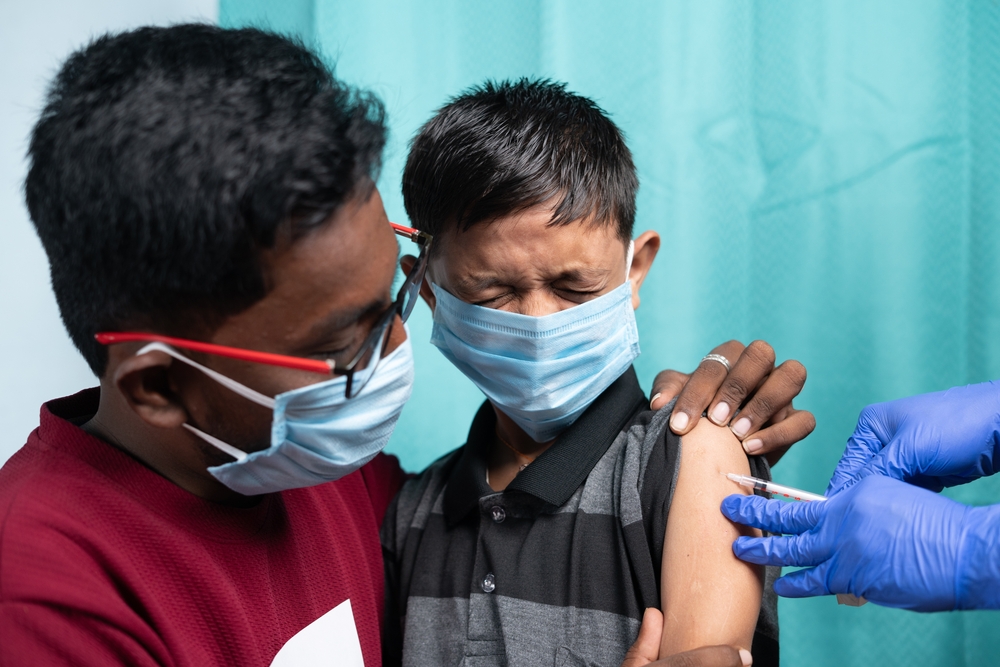


6. Parental presence for start of sedation or anesthesia.
Sedation: Though parents are not required to be present while their child is being sedated, we do invite you to take an active role in this portion of care. As your child is sedated, we ask that parents firmly hold and secure their child on their lap, while we administer a quick injection in the shoulder.
Anesthesia: Those interested in being present for the onset of general anesthesia should first review the “Parental Presence During Induction of Anesthesia” information (see link below). This will help prepare you for this procedure by providing a detailed depiction of this process, while also reviewing several important safety rules. Please carefully read this information prior to your child’s visit.
7. During treatment.



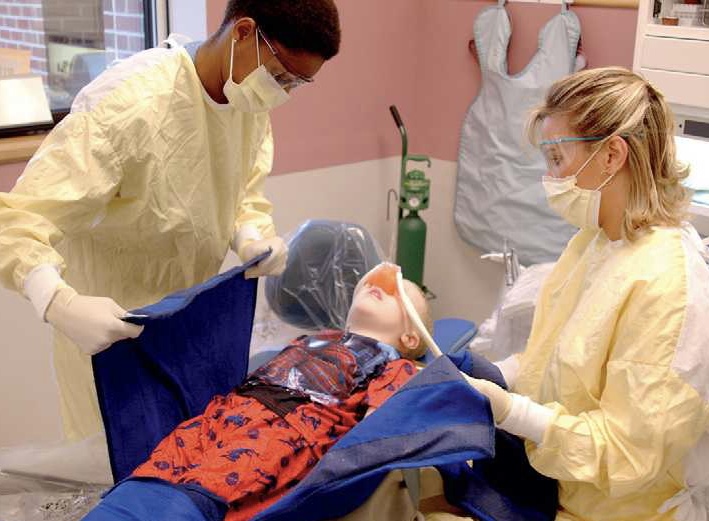


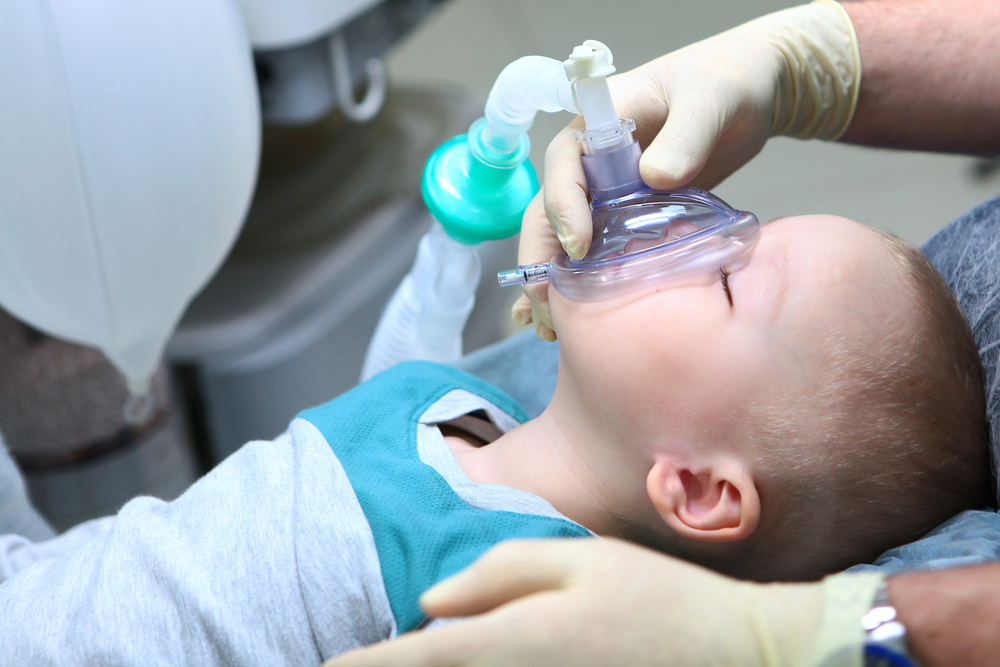


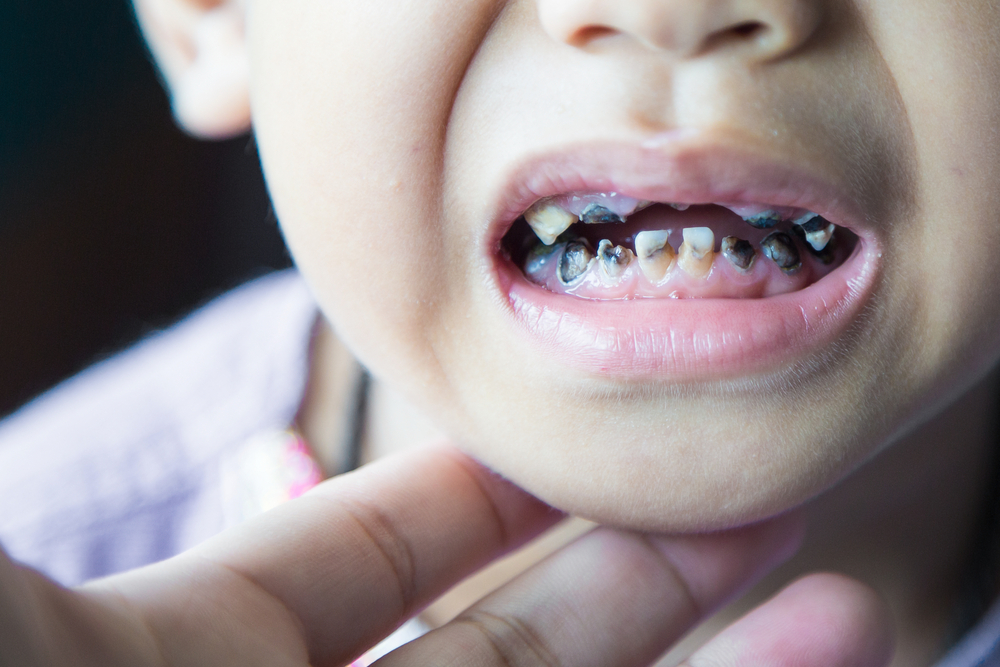


Sedation: Once sedated, treatment will be completed by the dentist, while the anesthesiologist focuses solely on monitoring your child. Though not totally unconscious, this level of sedation completely insulates the patient from the insults associated with the delivery of small amounts of dental care lasting up to a maximum of 30-minutes.
Anesthesia: During general anesthesia, a breathing tube may be placed to help protect the patient’s airway and deliver oxygen mixed with anesthetic gases during treatment. Anesthetic, analgesic, and antiemetic medications will be delivered through an IV to keep your child asleep, free of pain, and free from nausea and vomiting following care. Your child will not have any memory of the surgical procedure and even much of the recovery period. During the delivery of dental care for both sedation and anesthesia, the anesthesiologist will provide continuous monitoring, extending into the initial stages of recovery, until your child is ready to be discharged into the care of a responsible adult who will escort them home to fully recover.



8. Recovery.
Full recovery from anesthesia for a child takes several hours. Immediately following treatment, they will remain at the office until awake enough to be safely transported home, however, they may still feel dizzy and disoriented for much of the day. DO NOT plan on any physical activities for at least 6-8 hours. Many children wake-up from anesthesia crying, confused, upset, and with blurry or double vision. These effects may frustrate them and cause uncharacteristically defiant behavior, but this will subside as the medications wear off. Once home, it is normal for your child to take a nap and wake-up feeling refreshed without any memory of the surgical and recovery periods. In a very small number of children, a negative paradoxical or exaggerated effect to sedation or anesthetic medications can occur. Patients may become hysterical, extremely defiant, and/or inconsolable. This can be scary for parents, but is self-limiting, normally lasting about 45-minutes. It is important to remember that children emerging from sedation & anesthesia have no control over their emotions, but don’t develop a long-lasting memory of this period. In these instances, we recommend that parents avoid talking negatively about this occurrence in front of the child, this way the child will avoid developing a long-term fear of the dental office.